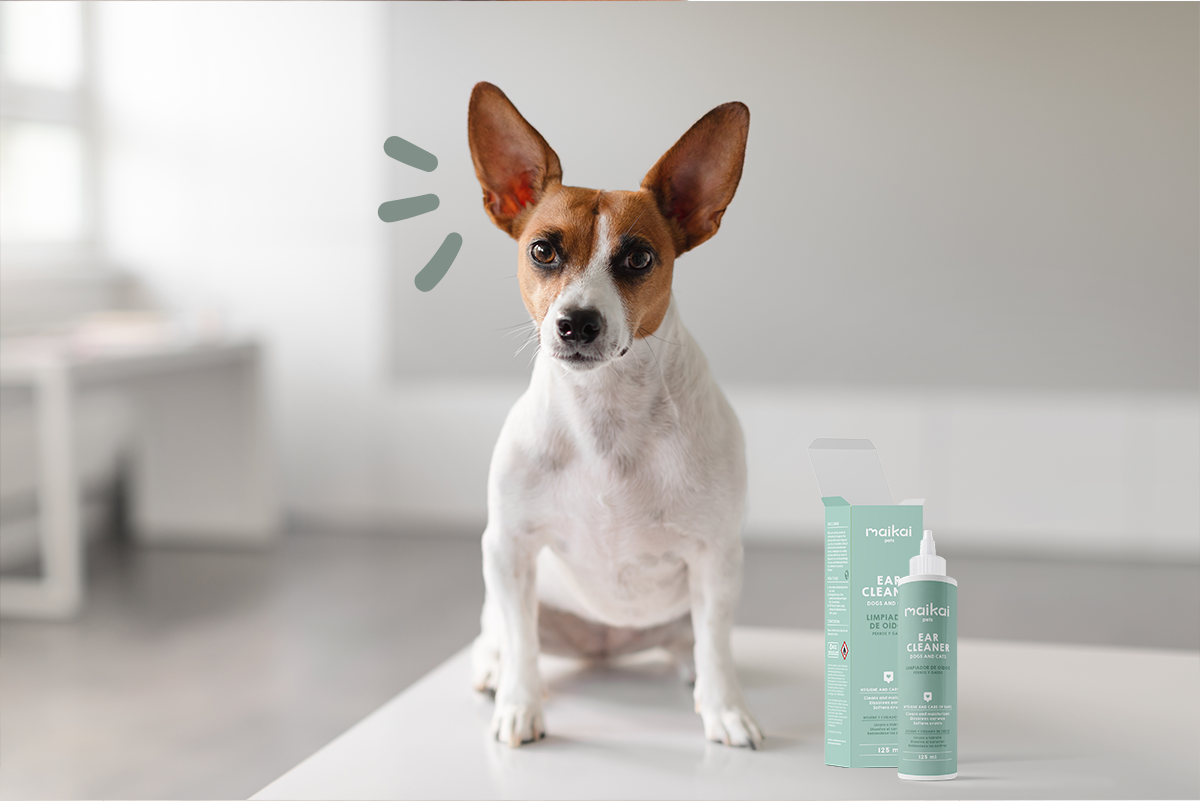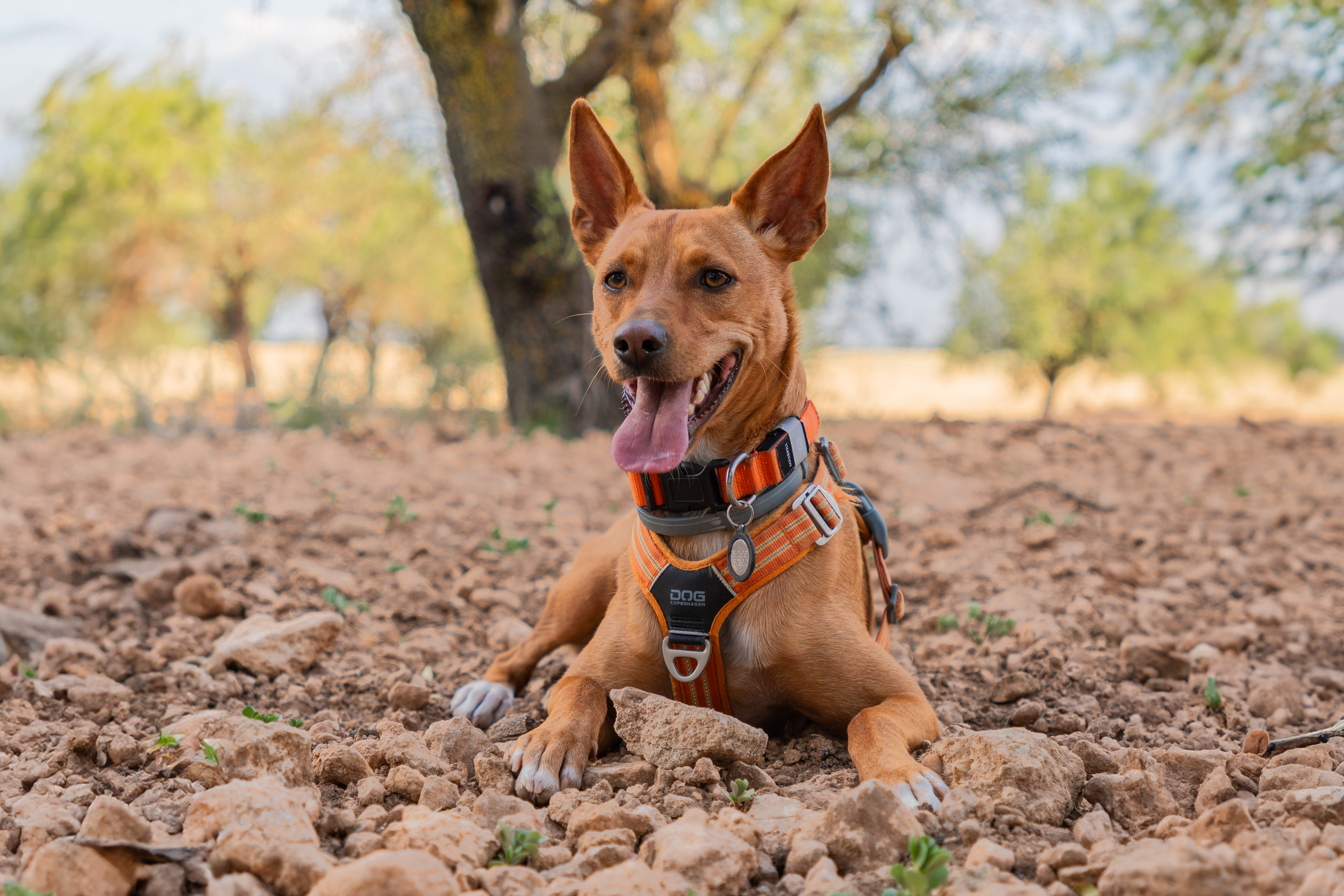
Prepare your furry friend for high temperatures
With the arrival of summer, our furry friends enjoy the sun and outdoor adventures. However, high temperatures and

Separation anxiety in dogs is a common anxiety disorder that can cause stress and unhappiness when owners are away. In both dogs and cats, it is essential to know the signs, causes and management strategies for this anxiety. In this article we will take a closer look at separation anxiety in dogs and offer practical tips to help our furry friends feel calmer and more secure.
Separation anxiety is a behavioural disorder that occurs when furry dogs feel stressed or anxious when left home alone. This may result in symptoms such as destructive behaviour, excessive barking, excessive salivation or agitated behaviour. Understanding these signs is essential for appropriate intervention.
Separation anxiety in companion animals can have different causes and risk factors:
Risk factors include the breed of the dog and lack of socialisation during the developmental period. By understanding these causes and risk factors, owners can take preventative measures and implement appropriate strategies to help their faithful companions manage separation anxiety.
Here are some effective techniques for managing separation anxiety in dogs:
Every dog is unique, so it is important to tailor these techniques to your pet’s individual needs. If separation anxiety persists, consult a veterinarian or animal behaviourist for further assistance.
In conclusion, by adopting techniques such as progressive training, creating a calming environment, regular exercise, use of teethers and relaxation methods, owners can help their four-legged companions better manage separation anxiety. The patience and perseverance are essential, taking into account the individual needs of each animal. If necessary, consulting a professional animal behaviourist may be beneficial for further advice. With these tailored approaches, it is possible to help dogs feel more comfortable and confident when alone, thus promoting their emotional well-being and overall balance.

With the arrival of summer, our furry friends enjoy the sun and outdoor adventures. However, high temperatures and

At this time of year, ears can become a nuisance for furry friends, especially when they get lodged

At Maikai, we want to celebrate all Dogmoms on this special day. Their unconditional love, dedication and care
Receive a 10% discount for subscribing.
Receive offers, news and tips for your furry friend.
*On orders over 39€ in Spain.
MAIKAI is a registered trademark by Mili Regdan International S.L.
Payment methods